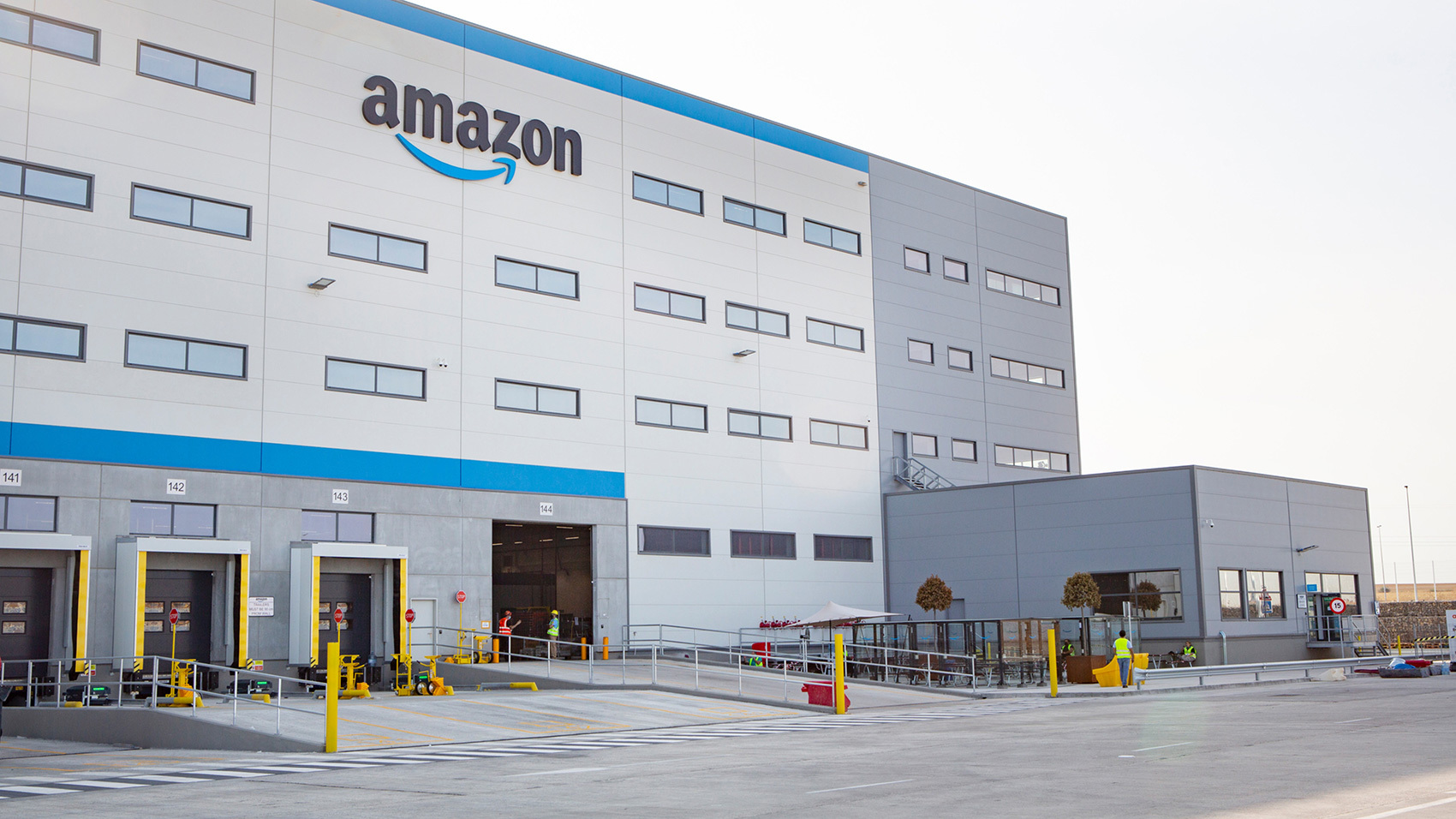AI-driven forecasting models, predictive analytics helps supply chain leaders transition from reactive to proactive decision-making.
Understanding Predictive Analytics in Supply Chain
Predictive analytics involves using historical data, statistical algorithms, and machine learning techniques to forecast future events. In supply chain management, this means anticipating demand fluctuations, identifying potential risks, and optimizing logistics operations.
Key Components of Predictive Analytics in Supply Chain:
- Data Collection & Integration: Combining structured and unstructured data from various sources like ERP systems, IoT sensors, and customer interactions.
- Machine Learning & AI Models: Using algorithms that analyze patterns and predict outcomes.
- Scenario Planning & Simulations: Running different scenarios to test responses to potential disruptions.
- Real-time Monitoring & Alerts: Providing early warnings for supply chain risks.
Applications of Predictive Analytics in Supply Chain
1. Demand Forecasting & Inventory Optimization
Accurate demand forecasting helps businesses reduce excess inventory, lower holding costs, and minimize stockouts. Predictive analytics refines traditional forecasting by incorporating external factors such as weather conditions, economic indicators, and social media trends.
Example: Retail giant Walmart uses predictive analytics to adjust its inventory based on seasonal trends, weather patterns, and local buying behavior, leading to significant reductions in overstock and understock situations.
2. Supplier Risk Management
Supply chain disruptions due to supplier failures, geopolitical issues, or natural disasters can be costly. Predictive analytics identifies early warning signs, such as financial instability or production delays, allowing companies to take preventive action.
Case Study: Ford Motor Company integrates predictive analytics to assess risks associated with its suppliers. By analyzing factors like political stability and production capacity, Ford minimizes potential disruptions in its global supply chain.
3. Logistics & Transportation Optimization
Predictive analytics enhances delivery efficiency by analyzing real-time traffic data, fuel costs, and weather conditions. It helps optimize routes, reduce fuel consumption, and improve delivery times.
Example: UPS uses advanced predictive models to optimize delivery routes, reducing fuel consumption by millions of gallons annually and cutting operational costs.
4. Mitigating Supply Chain Disruptions
Predictive analytics identifies potential risks, such as port congestion, strikes, or demand surges, before they escalate. Businesses can proactively re-route shipments or adjust production schedules to minimize impact.
Example: Amazon leverages AI-powered predictive models to anticipate supply chain disruptions and adjust inventory distribution across its fulfillment centers, ensuring minimal delays in deliveries.
5. Enhancing Customer Experience
By predicting order demand and delivery expectations, companies can improve customer satisfaction and reduce lead times. Personalized recommendations based on buying patterns also drive increased sales.
Example: Zara uses predictive analytics to monitor fashion trends and adjust its supply chain in real time, ensuring that popular products are available while minimizing excess inventory.
Challenges in Implementing Predictive Analytics
Despite its advantages, integrating predictive analytics into supply chain operations presents challenges:
- Data Quality & Integration: Many businesses struggle with fragmented data sources and inconsistent formats.
- High Implementation Costs: Investing in AI-driven solutions and training staff can be expensive.
- Change Management: Employees and management may resist adopting data-driven decision-making models.
- Cybersecurity Risks: The reliance on digital data increases exposure to cyber threats and breaches.
Future Trends in Predictive Analytics for Supply Chain
As technology advances, predictive analytics will continue evolving. Some emerging trends include:
- AI-Powered Autonomous Supply Chains: Fully automated decision-making with minimal human intervention.
- Blockchain Integration: Secure and transparent data sharing across supply chain stakeholders.
- Hyper-Personalized Demand Forecasting: AI-driven recommendations tailored to individual customer preferences.
- Sustainable Supply Chains: Predictive analytics optimizing carbon footprint reduction and ethical sourcing.
Predictive analytics is revolutionizing supply chain management by transforming raw data into actionable insights. By implementing advanced forecasting models, businesses can enhance efficiency, reduce risks, and improve customer satisfaction. While challenges exist, continuous advancements in AI, machine learning, and big data analytics will drive further innovation. Companies that embrace predictive analytics today will gain a competitive edge in tomorrow’s dynamic supply chain landscape.
.png)
.png)







